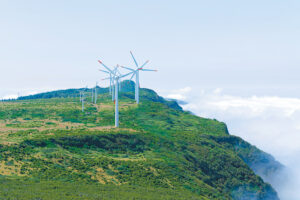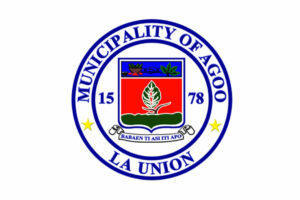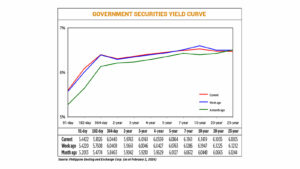Harnessing the potential of natural energy sources

Fossil fuels have been the backbone of the world’s energy infrastructure for centuries, powering economies and societies around the globe. However, their extensive use has come at a significant environmental cost, primarily due to the emission of greenhouse gases (GHGs). The combustion of fossil fuels, such as coal, oil and gas, releases carbon dioxide, methane and other pollutants into the atmosphere, contributing to global warming and climate change.
The negative impact of fossil fuels on the environment is a growing concern today. According to a study published in an open-access journal Environments in 2023, the concentration of carbon dioxide in the atmosphere has risen considerably since the Industrial Revolution, which has led to an increase in global temperatures and sea levels. This rise in temperature has also led to extreme weather conditions and natural disasters. Therefore, the effects of climate change are being felt globally, and the need to shift to cleaner energy sources has become increasingly urgent.
The Philippines is considered to be a net importer of fossil fuels, so developing and shifting to renewable energy sources is crucial for energy security. According to the report published by the Association of Southeast Asian Nations (ASEAN), the Philippines has an estimated 246,000 megawatts (MW) of untapped renewable energy, with hydropower, geothermal energy, solar power, wind power, and biomass resources as the main renewable energy sources.
Furthermore, the National Renewable Energy Program (NREP) of the Department of Energy (DoE) highlighted the government’s commitment to increasing the contribution of renewables by 50% of the total electricity generating capacity by 2030, or 15.3 gigawatts (GW). NREP also seeks to increase the country’s renewable energy-based capacity to an estimated 15,304 MW by the year 2030, almost triple its 2010 level.
Big producer of geothermal energy
Currently, the Philippines ranks as the third largest power producer of geothermal energy globally, with ongoing initiatives to explore and develop untapped indigenous geothermal resources, particularly low- to medium-enthalpy prospects.
Despite solar and wind technologies gaining popularity due to lower costs, geothermal remains a dominant source of green energy in the Philippines. According to the DoE, geothermal provided the biggest share of 53.2% of the renewable supply mix among the renewables in the country.
Within the span of a 10-year forecast period, Fitch Solutions predicts that geothermal power will become the primary source of renewable electricity output in the country, after hydropower. The total installed capacity of geothermal energy in 2021 is 1,918 MW, and is expected to have an average growth of 1.1% from 2022 to 2032.
Moreover, the country has several geothermal projects in the pipeline, including the Tiwi binary power plant, Palayan Bayan binary plant, and Biliran power plant, with a combined capacity of 48 MW expected to go online soon. Additionally, projects like the Tanawon geothermal power plant and the Bago binary power plant are set to contribute to the country’s grid by 2024. Pre-feasibility studies are under way for projects with a potential combined capacity of 381 MW, indicating a positive outlook for the future of geothermal energy in the Philippines.
Increased wind power capacity
Wind energy in the Philippines has significant potential due to the country’s geographical location and favorable wind conditions. As of 2022, the Philippines’ total onshore wind energy capacity accounts for 443 MW, according to the market research giant Mordor Intelligence.
The same report also mentioned that the greatest wind resources of the Philippines are in northern and central areas, such as Batanes and Babuyan, and the North and Central Luzon areas. The NREP for 2020-2040 targets a total commission of 2,345 MW of wind power capacity in the country. Similarly, the World Bank estimates that the Philippines could expand its total offshore wind capacity to 21 GW by 2040.
Developing hydropower potential
According to the DoE, the Philippines has a significant untapped hydropower resource potential of 13,097 MW. Out of this, 85% constitutes large and small hydropowers, which amounts to 11,223 MW, and 14%, equivalent to 1,847 MW, is classified as mini-hydropowers.
The Philippine government has proposed a plan to boost the country’s hydropower installed capacity by 160% by 2027. This initiative is a part of the NREP, which aims to triple the renewable energy capacity by 2030, requiring an additional 14,900 MW of energy, including 8,700 MW from hydropower.
The government has been pushing for the development of hydroelectric facilities, according to the DoE. In fact, they have approved over 450 new hydro projects across the country, totaling 13.5 GW of energy. This includes a new 350-MW hydroelectric plant and a 240-MW pumped storage facility.
Furthermore, the government is incentivizing existing local energy companies and allowing full foreign ownership of some types of renewable energy facilities, including large-scale hydro, to attract foreign investment. — Mhicole A. Moral




